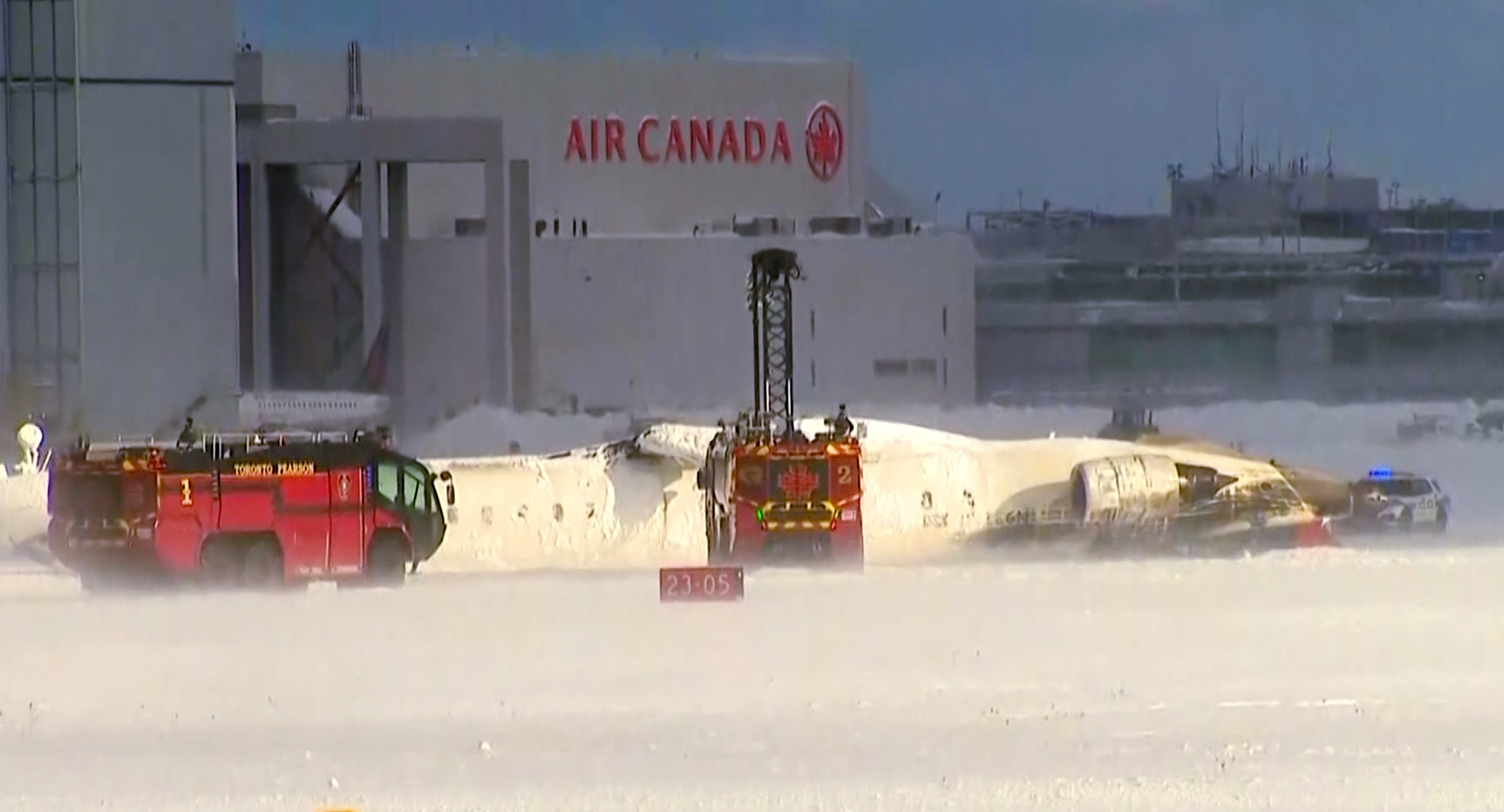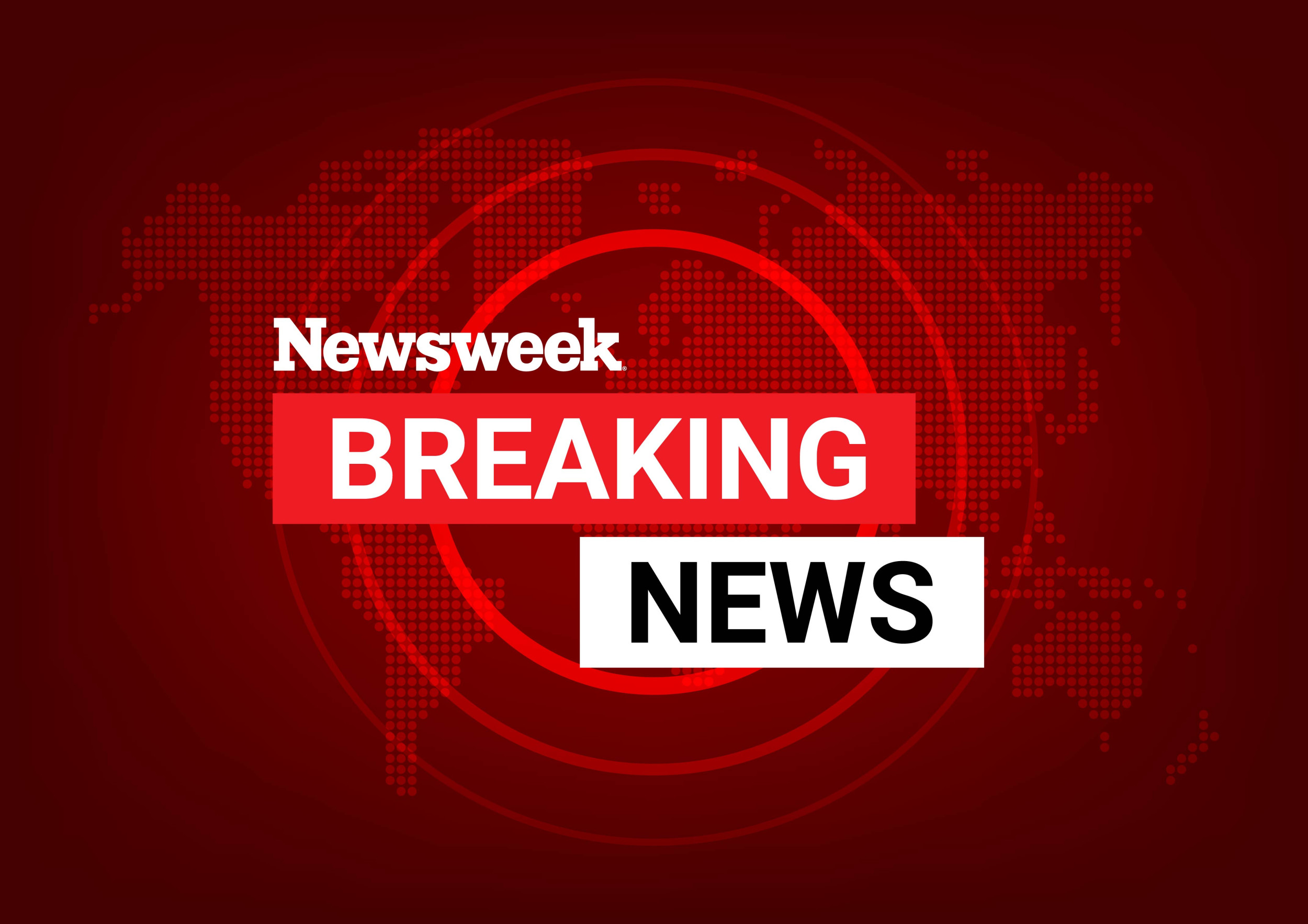There are incidents that divide life into a before and after. Witnessing American Airlines Flight 5342 explode into the Potomac Wednesday night brought back visions of Sabena Flight 548 carrying the U.S. figure skating team to the 1961 world championships crashing into a Belgian chicory field.
A pivotal moment for a 15-year-old, team alternate, and ticketed passenger on that flight. A last-minute ultimatum from my private school: "go with the team and don't come back here" forced me to cancel hours before departure, my name remaining on the passenger's list. At 5:00 a.m. the next morning, a Boston Globe reporter called my father. "Sorry to inform you, but your daughter along with the U.S. team were just killed."
Raised as a "stiff upper lip" New Englander, I was expected to carry on, go back to the rink, work towards the next championship. Certainly not to mention reading novels of disaster into the wee hours of the morning, mentally replaying images of the five on the Bridge of San Luis Rey or Ethan Frome heading on his sled towards the big oak.
Or of Laurence Owen, Greg Kelley, and I escaping between the Skating Club of Boston's practice sessions to race around the top of the nearby race track. Or my avoiding the classical music station that might include a program selection of one of my former teammates: Laurence's Symphonie Fantastique, Greg's Rigoletto, Bradley's Traviata, prompting a return of their ghosts.
My parents kept me from funerals, save for a visit to the Kelley's the day the bodies of Greg and Nathalie came home. I'd stood in their living room, my hand on Greg's casket, wondering if he'd been dressed in the Navy-blue blazer he'd worn when he took me to the Boston Club's Christmas dance, the one with his national championship gold blade pins, or if there was anything left to dress.
It wasn't until the fiftieth anniversary of the crash, when friends urged me to write about that day, that I realized how ill-equipped I was to do so, how much had gone unprocessed.
I applied to MFA programs, intending to tackle other subjects. But Bennington's Sven Birkerts teased out the story of my year in Switzerland, eighteen months after the crash, during which I won the national championship but then left skating.

When he asked how I felt about the loss and my decision, I struggled to put words to the emotions, unaware that, like the protagonist of an assigned novel "the Assault," who'd witnessed his family's murder, I too had become a numb anesthesiologist. Still, writing about that pivotal year opened a Pandora's Box that I would later regard as a gift. For the first time I shared some of those memories.
As I began to thaw, other stories emerged: the initial loss of Laurence when she disobeyed my mother and went for a swim despite strong undertow warnings, disappearing off the Nahant shore. The coastguard boat dragging for her body, a helicopter skimming the water, her empty shoes on the sand. My return to Brussels to deliver a scientific paper and confronting Magritte's empty shoe-feet at an exhibit. Walking with a vet who'd discovered birding as therapy for PTSD and wondering how my life might have differed had I gone looking for birds after the Brussels disaster.
How much of my post-crash life had I spent in a numb state, eventually retreating to an invisible life of monitoring? Anesthesia, also likened to piloting: hours of boredom punctuated by moments of terror. Goaded into learning to fly, but afraid of landings, I'd wisely given it up. However, later I would retrace the path of Flight 548 through the solar eclipse of its final hours, scientific data, a foil for grief.
How many times when things went south in the operating room, did the last moments of that flight come back to me? How long before I equated my aversion to amputations to an image of a piece of that Boeing 707 severing the leg of a Belgian farmer?
Slowly, I began to appreciate how the event divided my life into a before and after. The opportunities the disaster made possible: a national championship, U.S. team membership, perhaps a place in America's top universities. I've spent a lifetime jumping through hoops, trying to live up to all that came my way.
Although I left skating, skating never left me. A picture from our last Nationals together two weeks before the disaster still sits in my office. Not a day goes by when I don't look at it or think about Edi Scholdan who'd coached me briefly. The irony of Edi, who hadn't intended to go, changing his mind at the last minute, as I'd changed mine. And of the timing of the two doomed flights, Sabena 548 and American 5342, shortly after our national championships.
I didn't see the Wichita Nationals and don't know the lost skaters and coaches on American Flight 5342, although six were from my home Boston club. Although no longer at its original location, I can imagine skaters, coaches, and parents returning now, as I had the afternoon of the Brussels crash, when prior to the cancellation of the 1961 world championships, the U.S. Figure Skating Association asked me to prepare for them.
The rink was empty, shrouded in fog, a carnation wreath at the entrance giving off a funeral-parlor scent. Mid ice, an eerie parallelogram of light, like the empty spot for Moira Shearer in The Red Shoes. Alone on the first bench, I laced my skates, wobbled to the entrance, then sat down and took them off.
After a devastating loss, return to a once-shared venue is not easy. Go together to the rink, share memories, write about them, find a way to process a random, senseless event, and its complicated emotions of horror, grief, and opportunity. Don't wait, as I did, half a century to do so.
Lorraine Hanlon Comanor is a former U.S. figure skating champion, U.S. team member, and board-certified anesthesiologist. A graduate of Harvard University, Stanford Medical School, and Bennington Writing Seminars, she is a co-holder of a U.S. medical patent and author/ co-author of 35 medical publications.
With notables in 2020 and 2023 Best American Essays, she has three nominations for the Pushcart Prize, and her personal essays, now part of a memoir-in-progress, have appeared in the New England Review, Boulevard, New Letters, Little Patuxtent Review, Consequence, Joyland, Litro, LitMag, and The Rumpus, among 13 others.
All views expressed are the author's own.
Do you have a unique experience or personal story to share? See our Reader Submissions Guide and then email the My Turn team at myturn@newsweek.com.
Is This Article Trustworthy?
Is This Article Trustworthy?
Newsweek is committed to journalism that is factual and fair
We value your input and encourage you to rate this article.
Newsweek is committed to journalism that is factual and fair
We value your input and encourage you to rate this article.
About the writer
Lorraine Comanor is a 1963 U.S. figure skating champion from the Skating Club of Boston and a board-certified anesthesiologist with ... Read more



